
How Much Does a Thyroid Ultrasound Cost?
Facing the need for a thyroid ultrasound can be daunting, not just medically but also financially. How much should you expect to pay for this important diagnostic test? Let’s break

Facing the need for a thyroid ultrasound can be daunting, not just medically but also financially. How much should you expect to pay for this important diagnostic test? Let’s break

A thyroid ultrasound is a common imaging procedure that uses sound waves to create detailed images of the thyroid gland. The thyroid gland, a small, butterfly-shaped organ located in the
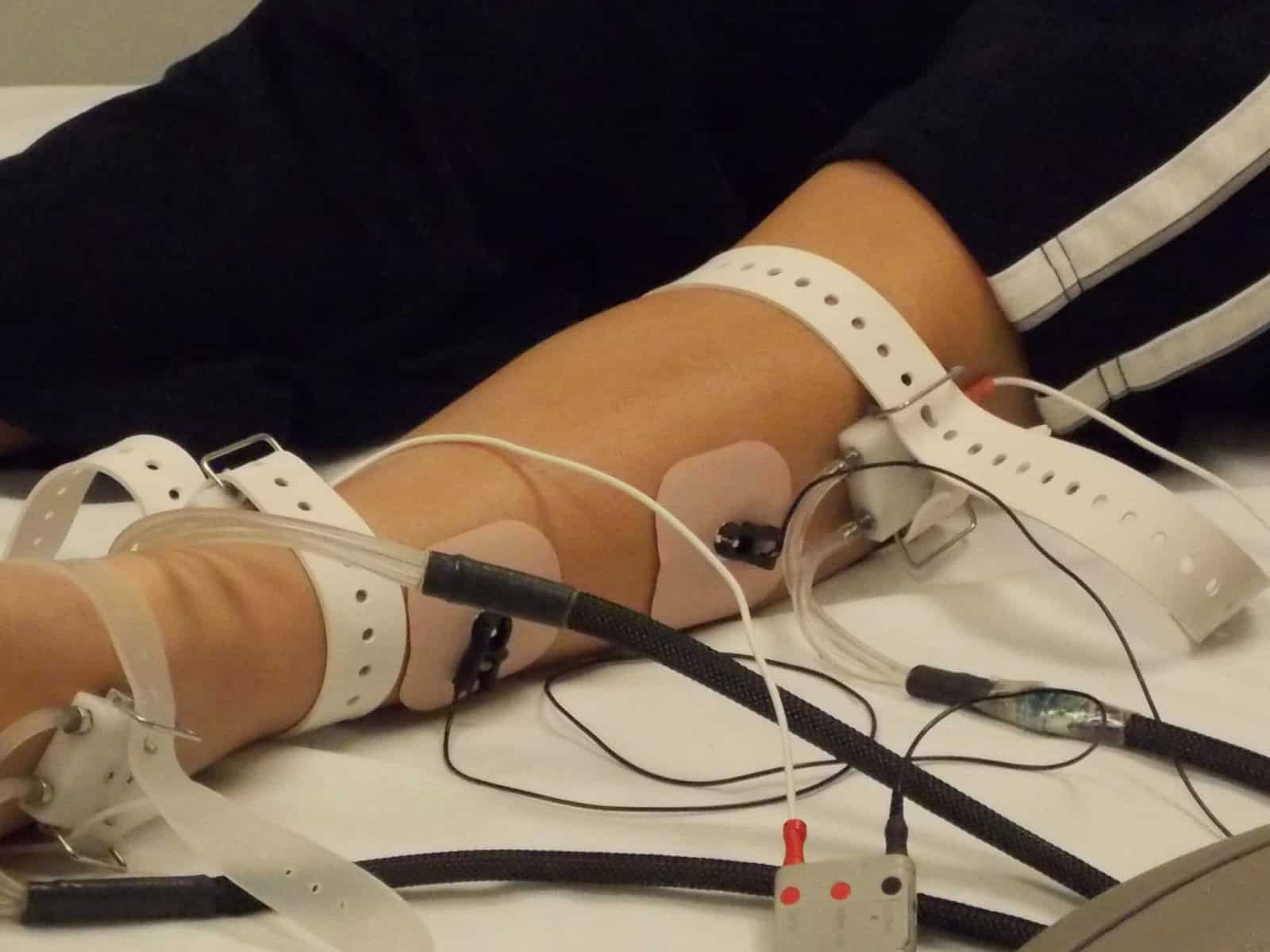
Have you ever wondered how your body knows when to sweat and why it’s essential for your well-being? This process, known as sudomotor function, is crucial for maintaining overall health.

Wondering about the duration of a nerve conduction study (NCS) and what the process involves? Understanding the procedure and time commitment can help ease any anxiety and prepare you for
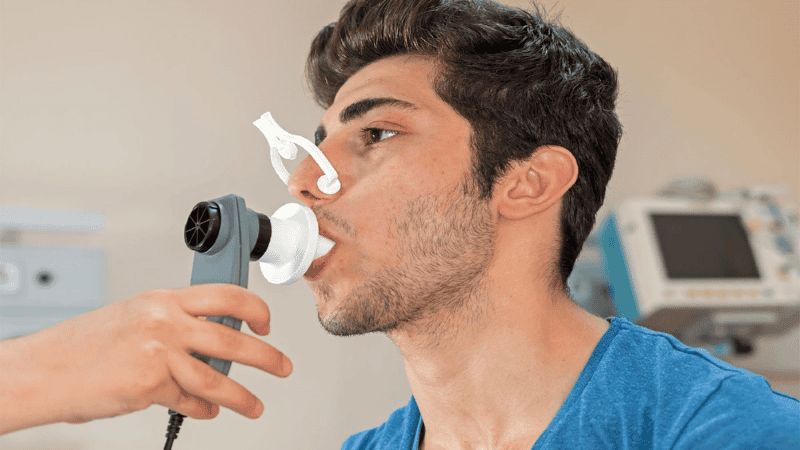
Before undergoing a pulmonary function test (PFT), understanding the significance of pre-test instructions, particularly regarding food intake, is crucial for obtaining precise results and ensuring the effectiveness of the test.
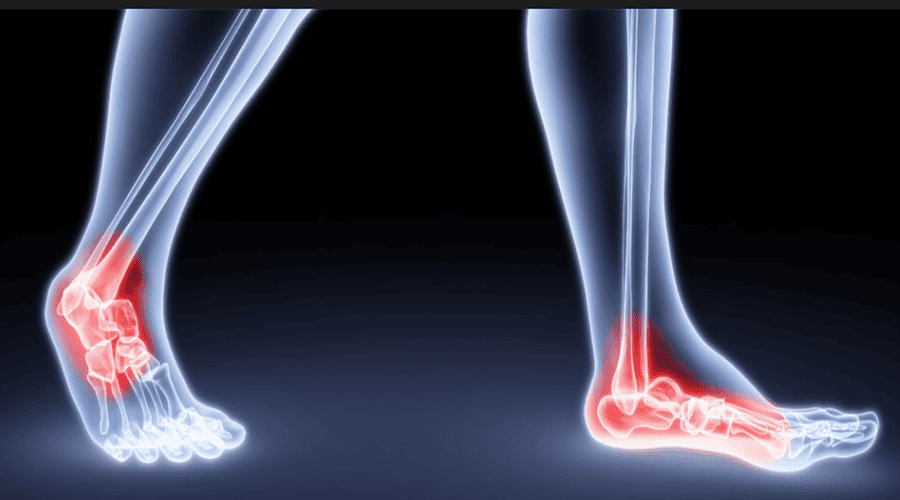
Sweating, often overlooked, holds vital clues about our health. Sudomotor function testing dives deep into sweat patterns, offering insights into nerve health and underlying medical conditions. Discover your health balance
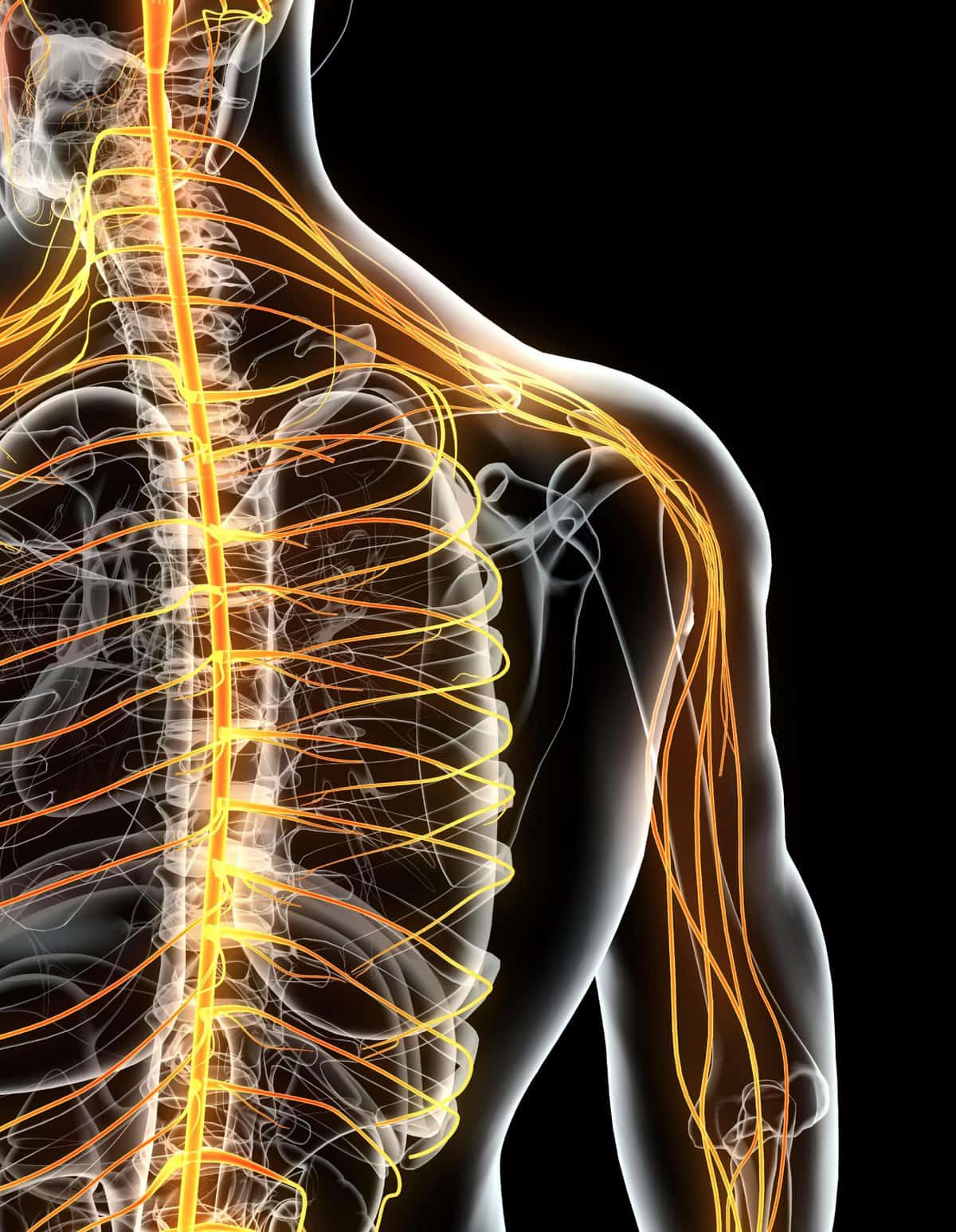
The autonomic nervous system (ANS) is your body’s control system, largely unconsciously regulating functions such as heart rate, digestion, and blood pressure. When symptoms like sudden dizziness or erratic heart
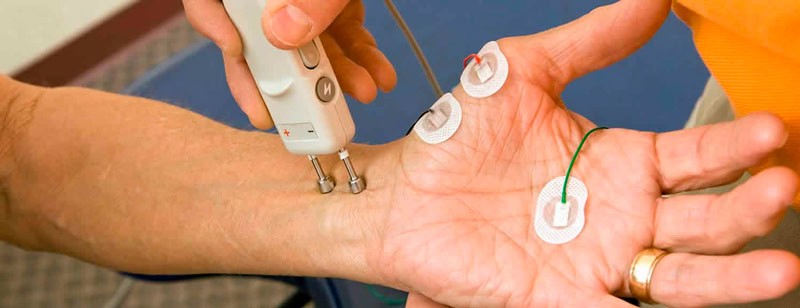
Are you experiencing persistent tingling or numbness in your limbs? Understanding your body’s nerve health is crucial, and a nerve conduction study (NCS) might provide the answers. This test, fundamental

In the realm of beauty and self-care, laser hair removal has emerged as a popular choice for eliminating unwanted hair. While its effectiveness is widely acknowledged, questions surrounding its financial